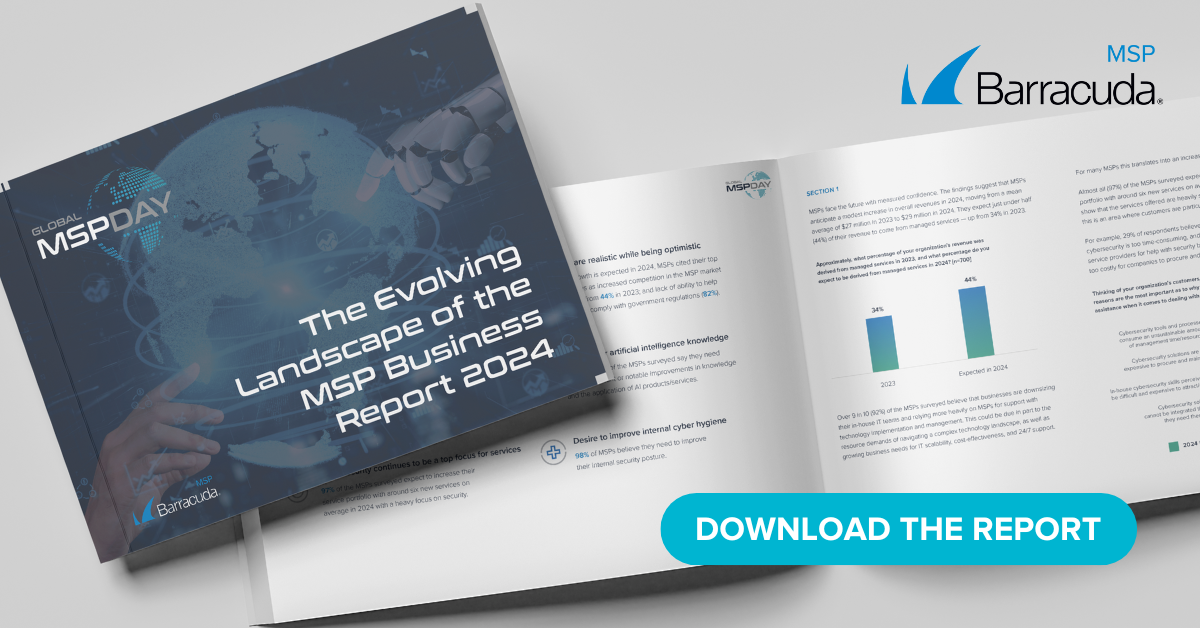 One of the trickiest aspects of running a managed IT services business is effectively combining inbound and outbound marketing strategies for maximum results. To neglect either inbound or outbound marketing in favor of the other is a costly mistake. By pairing the two, you can quickly multiply your results.
One of the trickiest aspects of running a managed IT services business is effectively combining inbound and outbound marketing strategies for maximum results. To neglect either inbound or outbound marketing in favor of the other is a costly mistake. By pairing the two, you can quickly multiply your results.
Inbound vs. Outbound
Inbound marketing involves activities that excite prospects about contacting you or visiting your website. These activities include:
- Blogging
- Podcasts
- White papers
- E-books
- And many other forms of content marketing
Inbound marketing is designed to earn your prospects’ attention.
Outbound marketing refers to activities that grab attention through interruption. These activities include:
- Direct mail
- Cold calling
- Appointment setting
- And other forms of traditional advertising
Most forms of outbound marketing involve buying attention instead of earning it.
Taking the leap of faith
Many businesses only focus on one set of marketing strategies — either inbound or outbound. By limiting themselves to only one style of marketing, though, they are inhibiting their total growth potential.
So, how does a company go from being “one-bound” to “two-bound”? One way is to partner with an MSP marketing agency like Marketopia.
Another way is implement three key practices to help your company successfully make the transition.
- Prepare for Growing Pains: Your organization will naturally be better equipped for either inbound or outbound marketing, so patience, persistence, and resolve are critical when adopting the other half. Do not assume you have the resources and personnel that are best equipped and qualified to take on the other role. Inbound and outbound marketing often require vastly different skill sets.
- Benchmark Metrics: There are three necessities required to make metrics work:
- Diagnose Leaks: Last, but not least, you’ll want to document your processes into a system, including appropriate responses for when people fall below standard. Opt for leadership over management. Managers tell you, “This number is broken.” Leadership tells you, “This number is broken, here’s why, and here’s how to fix it.”
Putting yin and yang together
It’s often noted that people who use only inbound marketing tend to be too timid. They’re afraid of offending people, so they hesitate to ask for the sale. Or if they do, they do it in a way that is easily ignored.
On the other hand, people who use only outbound marketing can often be too aggressive. They push for the sale too early and too often, turning off otherwise good prospects along the way.
This is why inbound and outbound marketing complement each other. They balance each other out. And, when you combine the two with the right equation, the sum of success will be fulfilling.
So, examine your business closely to see how you operate. Are you lacking in one area or heavy in another? If so, put together a plan — I recommend working with an MSP marketing firm to do this — to embrace new marketing techniques that elevate what you’re currently doing.
You may quickly find, as others have, that leads come in abundance, sales burst through the pipeline, and profits grow faster when you master the yin and yang of inbound and outbound marketing.
To learn more about how to use inbound and outbound marketing to create a managed services and cloud lead machine, watch the webinar replay.
Photo Credit: Da Sal via Flickr.com. Used under CC 2.0 License.

Couldn’t agree more. No single approach or channel is the end all be all. You need a bit of both inbound and outbound to hit those sales goals.